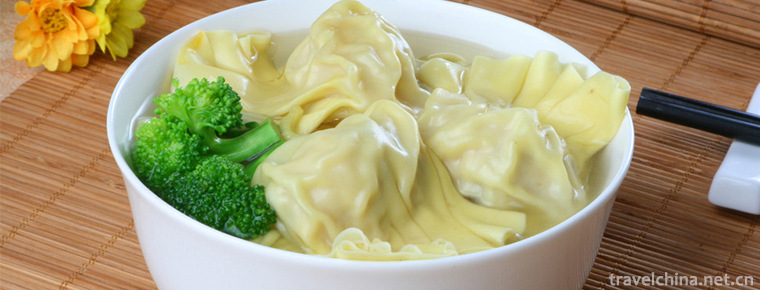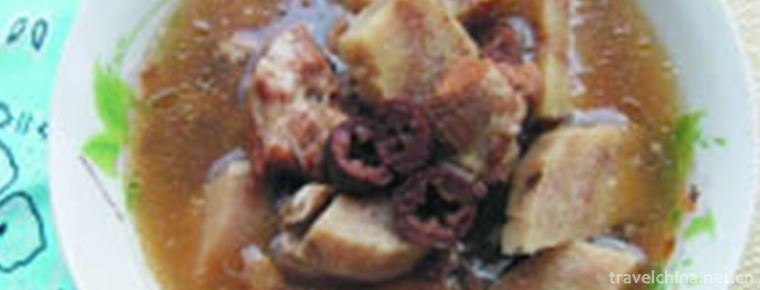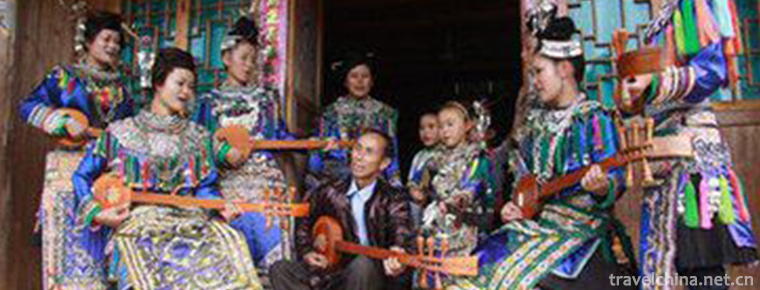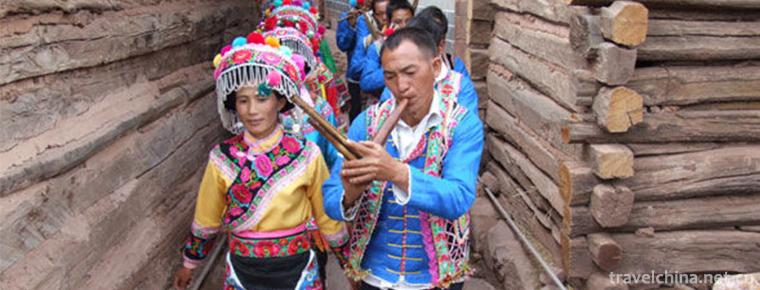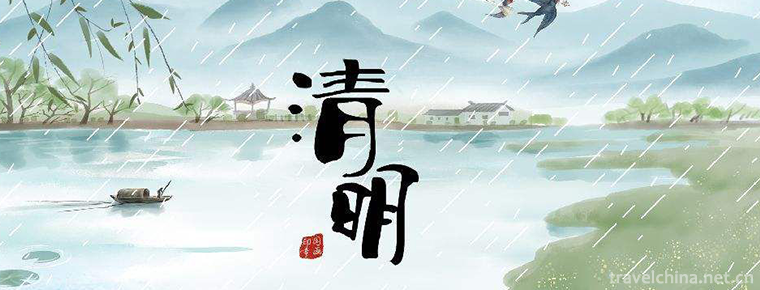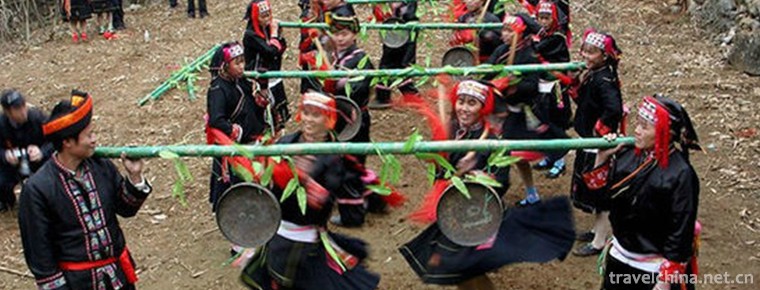Custom of mud fish
Custom of mud fish
The custom of filling mud fish is a local traditional handicraft with a long history in Guangdong Province. It combines traditional handicraft weaving and fishing skills. However, even in Doumen, the birthplace of "mud fish", fewer and fewer people know about "mud fish" now. At present, the villagers of "mud fish" in Qianwu Town are mainly middle-aged men over 40 years old, and they are facing the situation of few successors.
On May 23, 2011, the mud fish custom was approved by the State Council to be included in the third batch of national intangible cultural heritage list.
A Brief Introduction to Customs
This local traditional handicraft technique originated in the 30 years of Qianlong reign of Qing Dynasty (1765). Because of its smooth skin, mud fish often jump or crawl on shallow beaches, and it is difficult to catch it by bare hands. Villagers, according to the habit of mud fish appearing in mud caves, have worked out a way to trap mud fish in cages, while "trapping" is in Guangdong. In words, it means "trapping".
In Volume XIV of Xiangshan County Chronicle published in 1873, Tongzhi of Qing Dynasty described the unknown fish: "Ballistic drift fish is field drift fish, a flower fish and a seven-star fish. Grey and black, three or four inches long, with flowers, tender meat, delicious taste, can be used as soup. Because of their long-term activities on the beach, the surface color of the flower fish is similar to that of the sea mud, so the villagers in Hushan Village of Qianwu Town are accustomed to calling the flower fish "mud fish". The market price of mud fish is about 110 yuan/kg, which has high economic value.
According to the Propaganda Department of Doumen District, Zhuhai, the traditional custom of "filling mud fish" with a history of more than 240 years has recently been officially selected as a national intangible cultural heritage. Doumen District will protect the traditional skills that are on the verge of being lost through the establishment of an ecological protection zone for mud fish.
Custom Origin
The sun was scorching and the sea breeze was blowing. Dozens of figures wearing hats and treading mud boards swam through the offshore shoals and were cut into long and narrow silhouettes by the setting sun. The custom of "filling mud fish" originated in Qianwu Town, Doumen District, is a local traditional fishery production custom which integrates manual preparation and fishing technology. It has a very local characteristics and has been spreading for more than 200 years. This custom has been officially listed as the third national intangible cultural heritage list.
At first, it was fishing, but no suitable bait was found. Later, according to the habit of mud fish appearing in mud caves, the ancestors of Hushan Village in Qianwu Town of Doumen District made a living by "filling mud fish". They trafficked a large number of fish to Zhongshan, Jiangmen, Xinhui, Taishan and other areas, which became a very important form of trade at that time. Until the middle of the last century, 90% of the rural households in Hushan village used the income from selling mud fish as their main source of income, and often went fishing in groups. So far, the local villagers have kindly called the vast beach "mud jam ten thousand" (Cantonese dialect, meaning banks on the beach). Current status of fish cages for "mud fish". The custom of "mud fish" is on the verge of being lost.
In order to weave fish cage, not only the material selection and process are exquisite, but also the knitter should have a set of skilled manual skills. Generally, fish cages are 18-20 cm long and 8 cm in diameter. Mud fish, also known as flower fish, generally grow in the coastal area of Dongguan, Guangdong Province, while "dressing" mud fish is a unique fishing method in Dongguan, Guangdong dialect, "dressing" means "trapping". Because the skin of mud fish is very smooth, often jumping or crawling on the shoal, it is difficult to catch them by bare hands. Villagers like to catch mud fish in Dongguan. The habit of appearing in mud caves has worked out the method of trapping with cages. The special mud fish cage is equipped with an organ device, with a ring of toothed concealer, which extends inward like a funnel. When mud fish enter the cage by mistake, how cunning and clever they can not escape.
With the further acceleration of urban industrialization and the popularization of artificial breeding mud fish technology, the custom of mud fish has gradually disappeared. Zhangpeng Village staff said: "Before, many people in Zhangpeng could load mud fish, and when they were young, they also used to load mud fish with adults. Now, except Xinsha and Jiaowei two natural villages, a few of them are now carrying mud fish. The farmer who lives by fishing hardly sees villagers loading mud fish again.
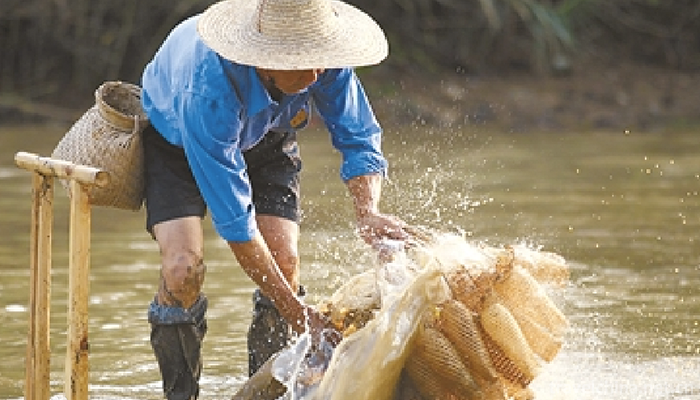
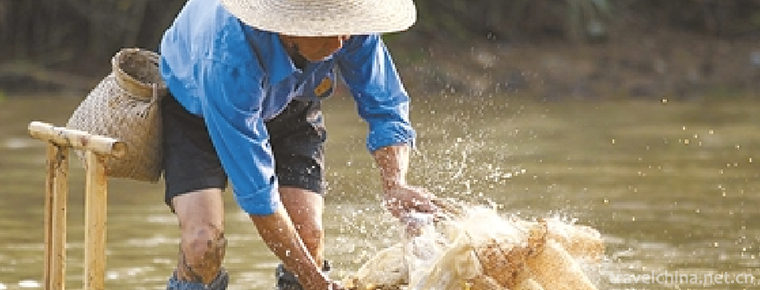
Custom of mud fish
-
Canton Tower
Located in Guangzhou Haizhu District (Yizhou Island) near the Chigang Tower,
Views: 189 Time 2018-10-12 -
Wonton Noodle
The wonton noodle is also called the bamboo rising face. It is a characteristic snack in Guangzhou. It originated in Guangzhou and Guangdong cuisine
Views: 239 Time 2018-11-14 -
Changchun Movie Wonderland
Changchun Movie Wonderland, located in Nanguan District, Changchun City, Jilin Province, was founded in 2003. It is a comprehensive tourist area integrating science and technology
Views: 213 Time 2018-12-05 -
Three Lanes and Seven Alleys
Three Lanes and Seven Alleys(Sanfang Qixiang) is a national 5A tourist attraction, which is the only remaining part of the old city of Fuzhou
Views: 239 Time 2018-12-08 -
Jiuxiang Scenic Spot
Yiliang Jiuxiang Scenic Spot is located in a mountainous area with a cool climate, continuous peaks and valleys with a relative height difference of about 200 meters. The surface elevation is between
Views: 155 Time 2018-12-22 -
Eight claw Fish Powder Pueraria Decoction
500 grams of Pueraria Thunb, 50 grams of octopus, 400 grams of pork legs, four candied dates, and 1/6 peel.
Views: 155 Time 2019-03-27 -
Dong Pipa Song
Dong Pipa song is distributed in the southern dialect area of Dong nationality, which can be divided into lyric and narrative Pipa song. Its singing content almost covers Dong history
Views: 148 Time 2019-04-28 -
Construction Skills of Official Ancient Architecture
In the process of construction and maintenance of the Palace Museum ancient buildings, a complete set of traditional palace building construction techniques with strict shape has been formed on the ba
Views: 318 Time 2019-05-01 -
Mei Ge
Meige is the general name of Yi folk song and dance and folk oral literature. Its content is all-encompassing and almost reflects the history, culture, production and life of the Yi people. It is rega
Views: 179 Time 2019-06-02 -
Qingming Festival
Qingming Festival, also known as Taqing Festival, Xingqing Festival, March Festival, ancestor worship festival, the festival period in mid-spring and late spring. Qingming Festival originated from anc
Views: 161 Time 2019-06-11 -
Golden Gong dance of Yao nationality
In November 2014, the Golden Gong dance of Yao nationality declared by Tiandong County of Guangxi Zhuang Autonomous Region was listed in the fourth batch of national intangible cultural heritage list
Views: 261 Time 2019-07-11 -
Meishan primary industry
In 2019, the total sown area of crops is 318000 hectares, an increase of 1.1%. Among them, the planting area of grain crops was 196000 hectares, an increase of 0.6%; the planting area of oil crops was 58000 hectares, an increase of 1.8%; the planting area
Views: 343 Time 2020-12-18

